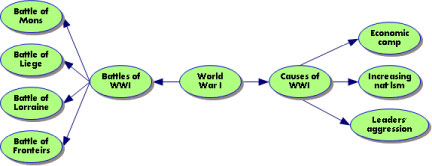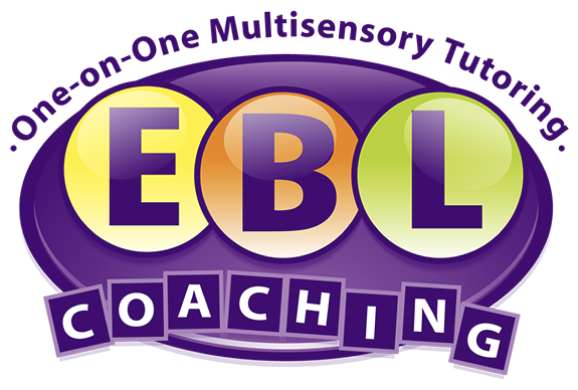How to Take Perfect Class Notes
By: Dr. Emily Levy
(Originally Published in New York Family)
Taking notes in class can be a challenging task for almost any student. Students with special education needs, however, have particular difficulty with this skill. As students progress through school, in-class note taking demands become increasingly challenging. They are required to listen to information dictated by their teachers, process that information, and rewrite it in their own words in the form of easy-to-read notes. Without proper strategies, this multi-step process can be frustrating and overwhelming for most students.
Luckily, there are some helpful tools that learning disabled students can use to develop their note taking skills. For starters, it is important for students to learn how to jot down information quickly. This skill is especially important in class, when teachers often speak quickly and relay an overwhelming amount of information that students must comprehend and jot down. Students often hear dates, names, numbers, and key names, and struggle to capture every bit of information in their notes, usually in the form of time-consuming full sentences. Learning shorthand strategies can help students combat this I-must-write-everything-down syndrome. Learning disabled students should take particular note of the following tricks for integrating abbreviations, symbols, and contractions into in-class notes:
Symbols
Using symbols helps students save time when taking notes. They are quick to write and take up less space than the much longer words they represent. Some examples of symbols include: percentage (%), question (?), number (#), and money ($). For practice, have students come up with symbols for the following words: and, equals, star, sun, and circle. You can then dictate mock sentences including these words and have the student write each sentence using abbreviations. For example, you might dictate the sentence, “Jack has a question about problem number one and would like an answer!” The student might write, “Jack has a ? about problem #1 & would like an answer!”
Abbreviations
Abbreviations, or shortened versions of longer words, help students break down words into smaller chunks of letters. Some examples of abbreviations include: Wednesday (Wed), homework (hwk), people (ppl), and school (schl). Students can feel free to make up their own abbreviations – there are no set rules for abbreviating most words! For example, he or she can choose to abbreviate therefore as thfr, maybe as mbe, or assignment as asmt. Students can be as creative as they like, so long as they remember what the abbreviations stand for. For practice, have students come up with abbreviations for the following words: Thursday, workbook, problem, notebook, and lesson. Then dictate sentences integrating these abbreviations for extra reinforcement.
Contractions
Contractions save students time by combining two words into one shorter, more compact word. Some examples of contractions include: couldn’t (stands for could not), he’s (stands for he is), and hasn’t (stands for has not). Have students come up with contractions for the following words: you are, is not, it will, and they are. For a bonus practice session, dictate sentences containing symbols, abbreviations, and contractions. Your students will be writing shorthand in no time!
The Notes
Once students have mastered shorthand techniques, they must learn how to integrate these symbols, contractions, and abbreviations into well-organized notes. What is the best way to organize a well-written page of notes? That answer depends partially on the specific learning style of each student. Learning disabled students in particular may have a preferred learning style: some are more linear learners, while others are more visually-oriented. Linear learners will likely take an affinity towards Column-Style Note Taking, while visual learners will more likely prefer Webbing. Students should try both styles of note taking to see which one works best.
Column-Style Note Taking
Column-Style Note Taking helps students organize information that they hear into two different columns. The left column should be drawn 1/3 from the left side of the page, and the right column should be 2/3 from the right side of the page. The student should label the left column “Main Ideas” and the right column “Notes.” He or she should pre-prepare 3-4 pages of notes (depending on what grade the student is in and how complex the lecture is) using this column-style set-up.
In class, when the teacher begins speaking, the only place on the page where the student should take notes is on the right side, under the “Notes” column. During class, nothing should be written under the “Main Ideas” column on the left. When the student comes home from school, he or she should re-read the notes and group different sections of the lecture into specific main ideas. For example, if the entire lecture was on World War I, the first part may have been about causes of World War I. Thus, the student would write “Causes of World War I” on the left side of the page, under the “Main Ideas” column, next to the information corresponding to that section of the notes. The student would move through all of his or her notes in that manner, categorizing the notes into different main ideas. A sample of this style of note-taking might be as follows:
| Main Ideas | Notes |
| Causes of WWI |
|
| Battles of WWI |
|
Column-Style Note Taking encourages students to look back at their notes at the end of the school day to ensure that they understood all of the information from the lecture, and that there were no information gaps. If there are any holes in the notes, students can either ask their teacher or a friend for the missing information, or research that information in their textbooks. Column-Style Note Taking is a very comprehensive strategy for taking notes and preparing well for upcoming exams.
Webbing
Webbing is a great strategy for students who prefer a more visual technique for taking notes. To use this strategy, students first draw a circle in the center of their page. Inside that circle, they write the topic of the lecture (for example, World War I). Next, they draw a line branching out of the center circle. On the line, they write the first section, or main idea, of the lecture (for example, Causes of World War I). They then draw bubbles branching out of that line containing important details which describe that main idea.
Once the teacher has finished discussing that section, students draw another line branching out from the original center circle. On that line, they write the next main idea (for example, Battles of World War I). They then draw bubbles branching out of that line with important details describing the main idea, and continue with that pattern until the lecture is complete. Webbing helps students visualize information that they hear or read, and serves as a great tool for test preparation. An example of a web diagram might be as follows:

The process of listening in class and taking well-written notes can be an anxiety-filled activity. Students will be required to take more and more complex notes as they progress through school. Learning these techniques for shorthand and different styles of note taking can ease this process and help students develop confidence in their own classroom abilities.
